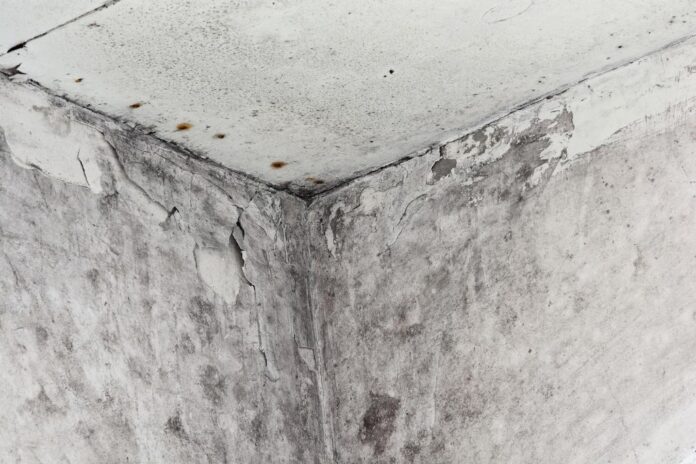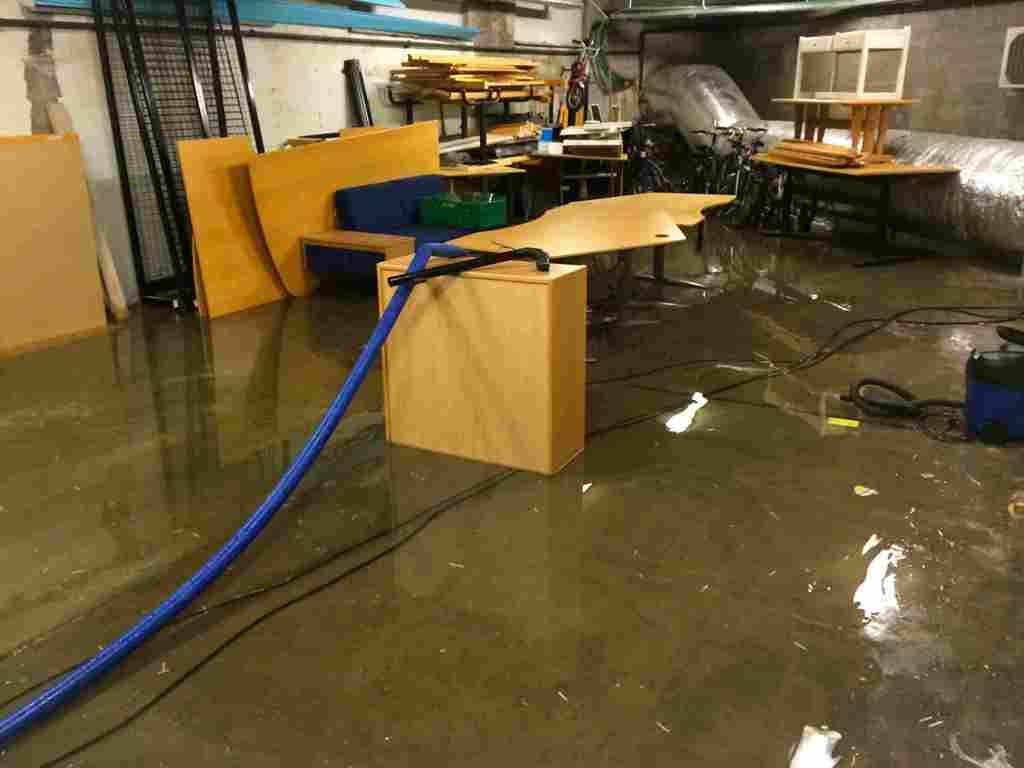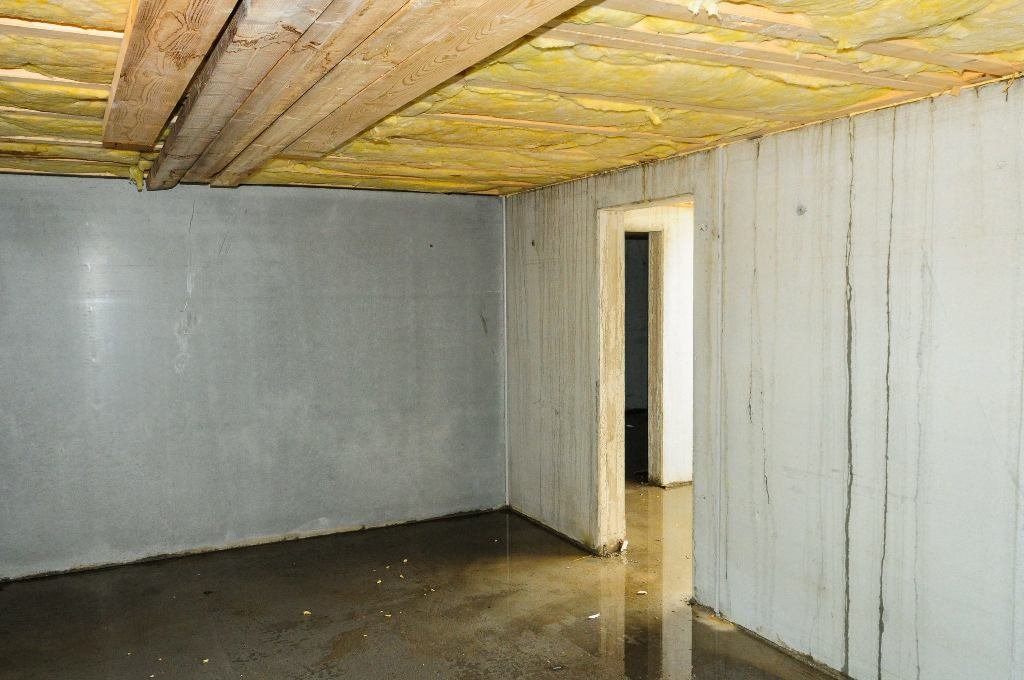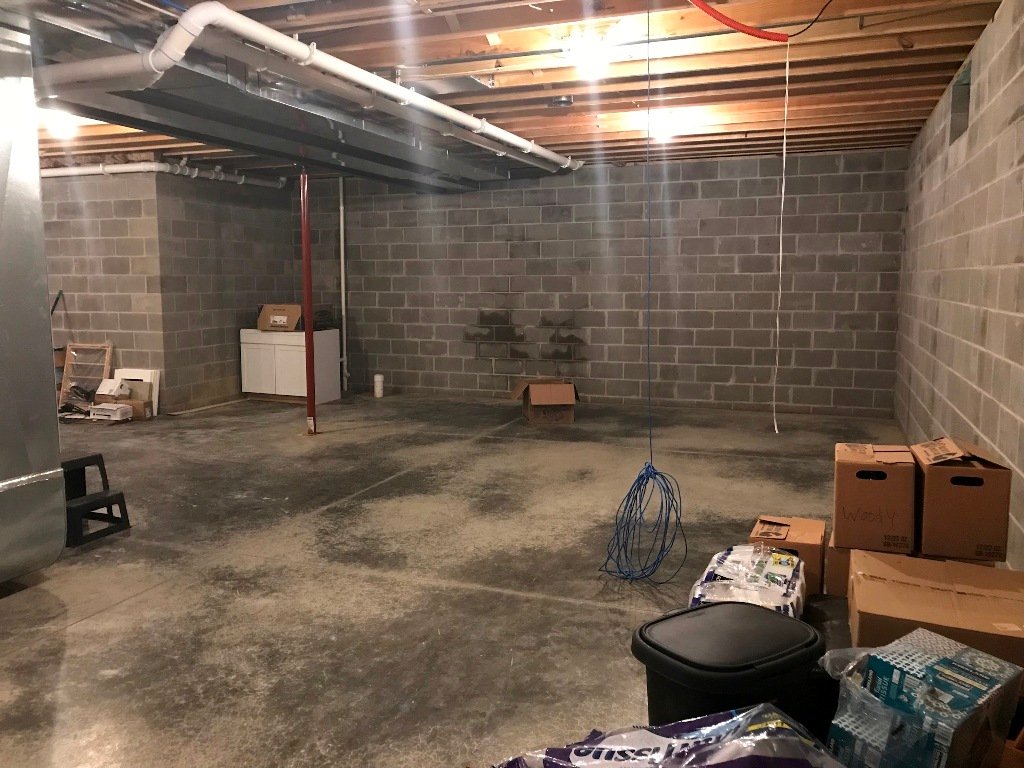Did you know about an estimate 90% of basements in the United States will experience water damage in a lifetime?
While basement moisture isn’t an uncommon problem, it can be bad news for the health of your home. Not only can damp basement encourage the growth of mold and mildew, but it can even cost structural damage in your home.
That’s why today, we created a complete guide to discuss further is the common causes of a damp basement and how you can prevent moisture from damaging your home. Keep reading to learn more!
Discover Where the Waters Coming From
The first step that you take to protect your basement from water damage is to discover where the water is entering your basement. There are two main ways that moisture can get into your basement.
One way moisture can get into your basement is from humidity located inside of your home — this humidity will condensate on cold surfaces.
The other way water can enter your home is from outside. Melting snow, groundwater, or rainwater can saturate the soil surrounding your home and leak into your foundation. Any porous concrete or cracks that are in your basement make it easier for water and water paper to enter into your home.
Symptoms of Water Entering Into Your Basement
If you’re not sure what to look out for to see if the water is entering your basement, there are certain signs that’ll help you identify water in your basement. Here’s a sentence that you should look for to identify any water damage:
- Blistering or staining of a wall covering
- Mildew or mold
- Musty odor
- Humid, damp air
- Standing water on the floor
- Water trickling out of walls
- Condensation on floors and walls in the summer
- Deterioration of the floor or carpet
- Decaying or rotting of columns, headers, joists, and sill plates
- Spalling of masonry or concrete
If you’ve identified any of these symptoms in your basement, it means that you have a damp basement. Continue reading to learn what to do if water is getting into your basement.
What to Do If You Have a Damp Basement
Once you’ve discovered that you have a damp basement, there are several steps that you can take as a homeowner to correct the problem. Not only will this help you to take steps to help to protect your home, but it’ll even help to prevent a problem from getting worse.
Repair Any Settlement Cracks
Over time, your home will settle. However, this can cause cracks to develop. Even if you’ve just recently poured concrete, there’s still a chance it cracks can develop.
The crack of a settlement can allow moisture to seep into your basement when the snow melts or after any rain showers.
You can repair any cracks that are in a settlement without the help of a professional. Go to a local hardware store and pick up patching cement, call chisel, a putty knife, and a mallet.
You should start by using your cold chisel to make the crack slightly wider.
After prepared the crack, apply the patch in cement according to instructions on the product. Once the cement dries, you can push it through to the crack with the blade on your putty knife. As this is accomplished, you shouldn’t have to worry about moisture in your basement any longer.
Consider Waterproofing
If water seems to be seeping into your basement through the walls, you should consider contacting a basement waterproofing contractor.
Covering the walls in the basement with a waterproofing sealant will block out any moisture from entering into your basement.
Double-Check Your Downspouts
Your downspouts could be the reason why your basement is damp. If there are some sections of your roof that don’t have adequate downspouts, consider adding them.
On the other hand, if you do have enough downspouts for the size of your roof, your damp basement could be because of another problem.
Check to see if the downspouts are draining too close to your foundation. If they are, this is most likely the cause of your damp basement.
As a general rule of thumb, downspouts should be draining at least 6 feet from your foundation. This will prevent any water drained off of your roof from flowing back into your basement.
Another reason why your gutters may be causing your basement to be damp is that they haven’t been properly cleaned out. If there are any tree branches or leaves in your gutters, it could cause your gutters to overflow and leak water into your basement.
This is a quick fix, as all you have to do is clean out any debris in your gutters.
Ineffective Grading
Groundwater can make its way into your basement if your home doesn’t have the correct grading. Grading refers to the slope at which the ground around your home is pointing away from your foundation.
If the greeting isn’t sufficient, it could cause the rainwater or melted snow to drain towards your home. This will make water quickly accumulate surrounding your foundation, eventually leading to leaks.
You can fix this by yourself by building dirt up around your foundation. Doing this will create a slope that aims away from your home.
Understanding How to Care for a Damp Basement
By taking preventative measures, you can avoid it damp basement from ruining the structure of your home. The exact cause of water gets into your basement may be hard to identify, which is why it’s always a good idea to call professionals if you’re unsure.
Are you interested in learning more about how to transform your damp basement? Check out our blog for more.





















